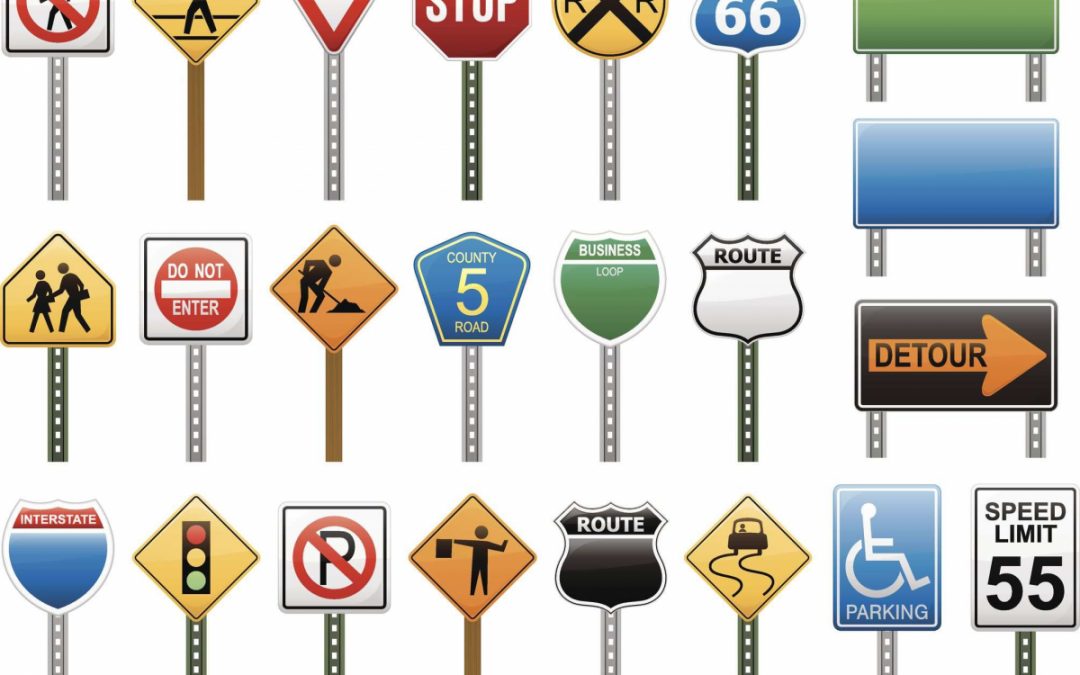Yield signs and stop signs are two common traffic signs that drivers encounter on the road. While they may look similar, they have different meanings and require different actions from drivers. In this blog post, we’ll explore what yield signs are, what drivers should do when they encounter one, and how they differ from stop signs.
What are yield signs?
Yield signs are triangular signs with a red border and a white background. The word “YIELD” is written in red letters on the sign. Yield signs indicate that drivers must slow down and be prepared to stop if necessary, in order to yield the right-of-way to other vehicles or pedestrians.
What should drivers do when they encounter a yield sign?
When a driver encounters a yield sign, they should slow down and be prepared to stop if necessary. The driver should look both ways and yield the right-of-way to any vehicles or pedestrians that are already in the intersection or crosswalk. If the intersection is clear, the driver may proceed.
It’s important for drivers to remember that a yield sign does not mean to stop unless necessary, but rather to slow down and be prepared to stop if needed.
How are yield signs different from stop signs?
Stop signs are also red and white and are designed to be more noticeable than yield signs. Stop signs require drivers to come to a complete stop before proceeding, even if there are no other vehicles or pedestrians present.
Yield signs, on the other hand, only require drivers to slow down and yield the right-of-way if necessary. If the intersection is clear, the driver can proceed without stopping.
In summary, yield signs and stop signs are two different traffic signs that require different actions from drivers. Yield signs require drivers to slow down and yield the right-of-way if necessary, while stop signs require drivers to come to a complete stop before proceeding. Understanding the differences between these signs can help drivers stay safe on the road and avoid potential accidents.

Patrick M. is Editorial Director for the always expanding DriveSafe Online library of courses. With over two decades of experience developing award-winning training, he now focuses on innovating online driver safety training. Pulling from his background in journalism, he steers the wheel behind the creation of top-tier content that promotes a better journey—whether on the digital highway of learning or the real roads we travel every day.
